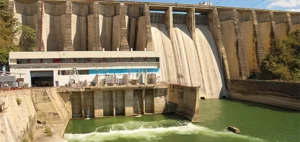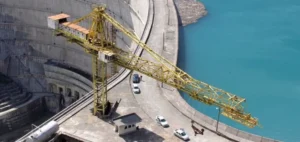The world’s largest dams are among the most powerful infrastructures ever built in the history of mankind. Whether embankment, arch or gravity, hydroelectric dams are the world’s largest sources of renewable energy. At a time when global demand for electricity is growing, which are the world’s largest dams?
Top 10 largest dams in the world
Longtan dam: 4900 MW

The Longtan dam comes tenth in this ranking.
With an installed capacity of 4,900 MW, it is also the fourth most powerfulhydroelectric dam in China. Located on the Hongshui River in Guangxi province, the dam remains partially unfinished. A second construction phase is still to come, and will bring its total capacity to 6,300 MW.
Xiangjiaba dam: 6448 MW

Located on the Jinsha River in southwest China, the Xiangjiaba gravity dam is the country’s third-largest hydroelectric power station. The plant has 8 Francis turbines, with a total installed capacity of 6448 MW. Much of the power generated by the plant is destined to supply Shanghai, the country’s largest city.
Grand Coulee dam: 6810 MW

Grand Coulee Dam, the largest of the United States’ major dams, is located on the Columbia River in Washington State. It is the most powerful dam in the United States, with a generating capacity of 6810 MW. It is also considered one of the world’s most important concrete structures. Its height of 168 metres, its length of 1592 metres and its thickness of 152 metres make it one of the most spectacular hydraulic installations in the world.
Robert-Bourassa development: 7722 MW

Canada is not to be outdone in this ranking, managing to rank its Robert-Bourassa hydroelectric complex as the seventh most powerful in the world. Built in two stages as part of the James Bay project, between 1973 and 1992, the development includes a reservoir, a main dam, 29 dikes, a spillway and two hydroelectric generating stations.
The Robert-Bourassa (5,616 MW) and La Grande-2-A (2,106 MW) power stations have a total installed capacity of 7,722 MW. The resort is located 5 km from the town of Radisson, Quebec.
Tucuruí dam: 8370 MW

The Tucuruí dam is located in the Brazilian Amazon, on the Rio Tocantins. The hydroelectric plant associated with the dam was commissioned in two phases, in 1984 and 2006.
Since then, the dam has been considered the third most powerful in Brazil and the sixth most powerful in the world, with a generating capacity of 8370 MW.
Guri dam: 10,200 MW

Located in Venezuela on the Caroni River, the Guri dam has been in service since 1978. It is 162 metres high and holds back Lake Guri, which covers an area of 4,250 square kilometers. The power plant associated with the Guri dam generates over 38% of the country’s electricity.
With an installed electrical capacity of over 10,000 megawatts, it is one of the largest and most powerful dams in the world.
Belo Monte dam: 11,233 MW
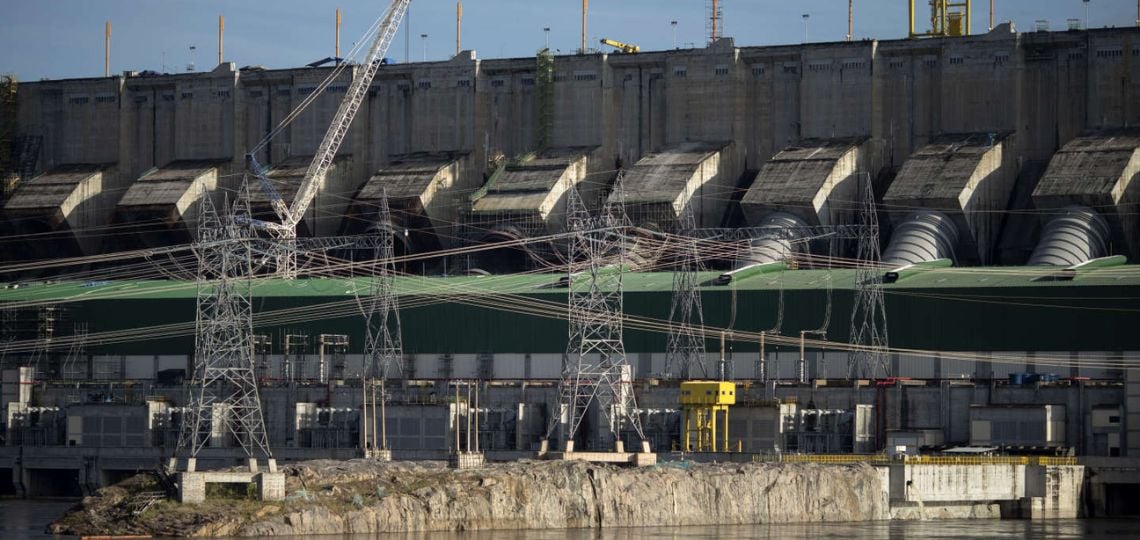
The Belo Monte dam is located on the Rio Xingu river in Brazil. Combined with an 11,233 MW hydroelectric power station, this megastructure is the fourth most powerful in the world.
The project has been the subject of much controversy due to its impact on the environment and local populations. As a result, the worksite has been interrupted several times by court order.
Xiluodu dam: 13,860 MW
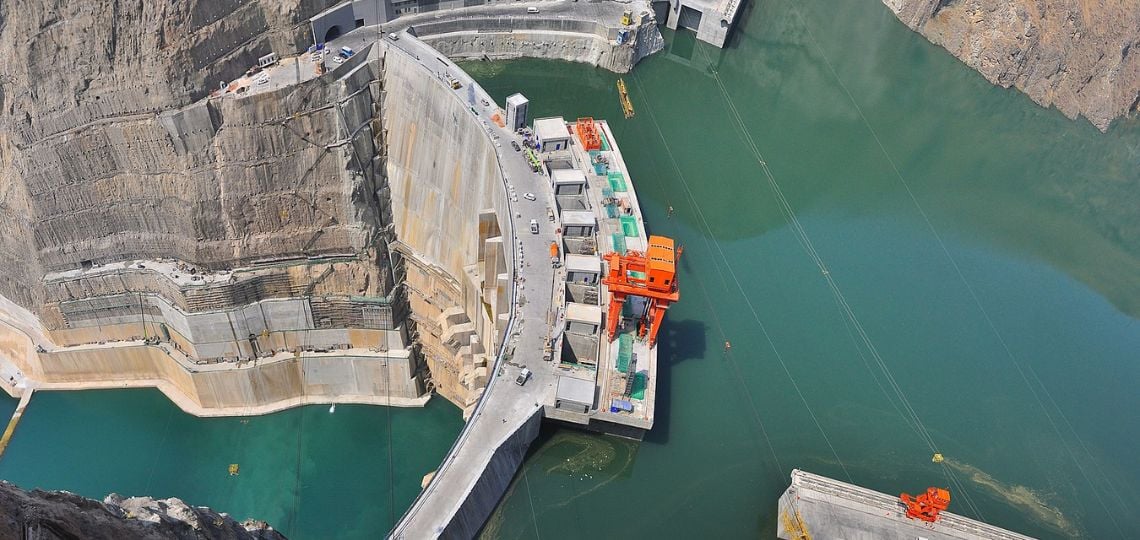
The Xiluodu dam also ranks third among the world’s largest dams.
This arch dam is located on the upper reaches of the Yangtze River in China, crossing the provinces of Xian and Yunnan. It boasts one of the world’s highest concrete walls at an impressive 285 metres.
The installed power of this megastructure is no mean feat either. In fact, the hydroelectric power plant to which the dam is linked has a total hydraulic capacity of some 13,860 MW.
Itaipu dam: 14,000 MW
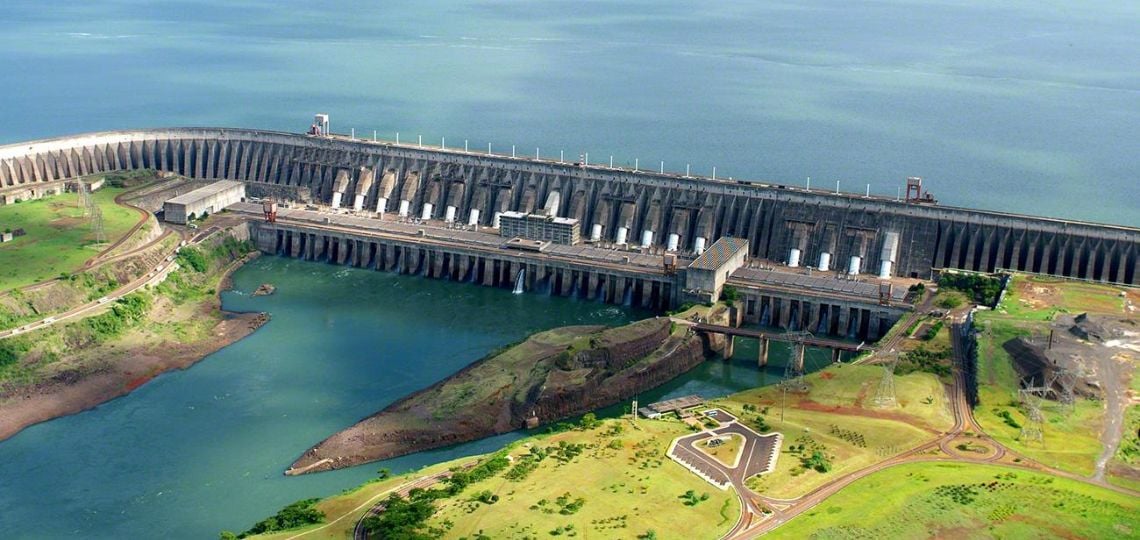
When it comes to the world’s largest hydroelectric dams, theItaipu dam is impossible to miss. In fact, the Itaipu dam supplies 25% of Brazil’s electricity and 90% of Paraguay’s. Its installed capacity is 14,000 MW.
Located on the Rio Paraná, on the border between Brazil and Paraguay, the hydroelectric power station is 196 metres high. Today, the plant is the world’s second largest in terms of installed capacity, and number one in terms of energy produced.
Three Gorges Dam: 22,500 MW
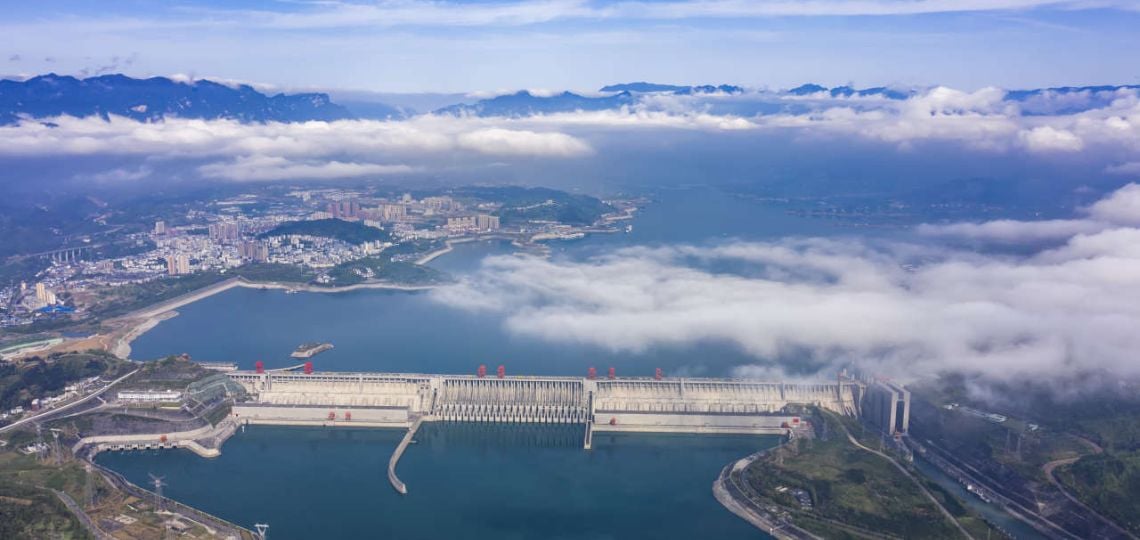
This is the dam of superlatives. Located in China’s Hubei province, the Three Gorges Dam is the world’s largest dam in terms of developed energy capacity. At 22,500 megawatts, it is almost twice as powerful as its South American runner-up. Its capacity is equivalent to that of 15 nuclear power plants, representing a third of France’s total nuclear fleet.
The world’s largest hydroelectric dam was commissioned in stages between 2003 and 2012. In all, more than twenty-seven million cubic metres of concrete were used in its construction. At a cost of over $20 billion.
In addition, the power plant associated with the dam set a new world record for electricity production in 2020. The megastructure produced 111.795 billion kWh.
China is the world’s leading producer of hydropower, with 45% of the global total. Many of China’s hydroelectric plants are among the largest and most powerful in the world. In fact, they have been part of China’s economic and industrial revival since the end of the last century.
What about Africa?
In the decades to come, the African continent could well prove to be a new construction site for the world’s largest dams. In this sense, the Grand Inga currently under construction in the Democratic Republic of Congo should be around twice as powerful as the Three Gorges Dam, and at least three times as powerful as the Itaipu Dam.
These constructions could provide a solution to the African continent’s electricity supply problem.












